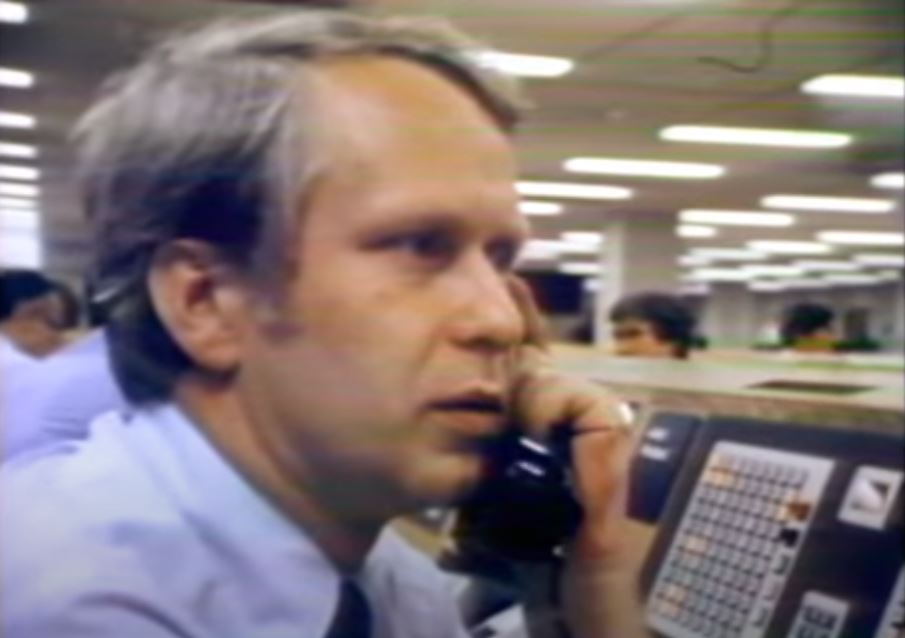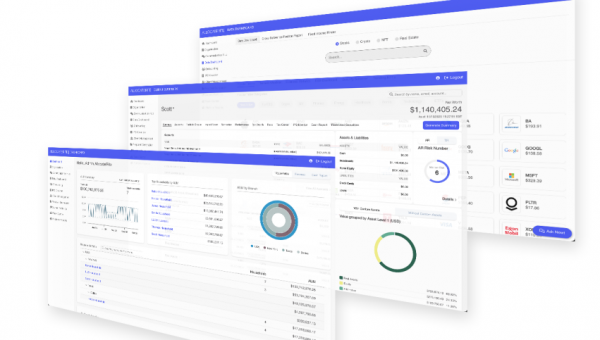Hello folks
Today I want to show u system of Donald Prendergast that was explained in in the December 2013 in journal "Stocks and Commodities "
Donald Pendergast
Donald Pendergast has studied technical price charts and market dynamics for more than 30 years and has had more than 1,000 articles on technical analysis, trading system development, and high-probability chart setups published at several trading/investing publications since 2008. Pendergast offers real-world trading signals for a basket of eight gold/silver mining stocks/ETFs and also offers high-quality, customized analysis for US stocks.
A SIMPLE AND VISUAL SYSTEM
Here's a look at my simple, visually based "trading with the trend" system that is nonoptimized, noncurve-fitted and is a no-brainer to construct and maintain. The key ingredient for success in trading with this template is you, because there are no secret market indicators or forecasting tools that can guarantee you trading success. But this no-cost trading template that is easy to construct will help you stay on track with the mental and emotional discipline needed to learn to trade profitably. After that, you may want to further fine-tune it by obtaining education in other market dynamics like relative strength analysis, money management techniques, price cycle studies, or wave analysis.THE RIGHT CANDIDATES
Before you begin, you first need to locate stocks and ETFs that tend to make relatively smooth, regular swing and/or trending moves (up or down, and preferably balanced over long periods of time) if you expect to achieve success with this system. In other words, look for volatile (high-beta), high-volume stocks from sectors and industry groups that tend to go on a bullish/bearish tear several times per year, and which don't spend too much time chopping around in directionless funks. Fast-moving, news-driven technology, mining, financial, or energy stocks are likely to be good hunting grounds for such desirable issues; you'll likely want to avoid sluggish markets like electric utility stocks or other highly regulated public service issues that tend to trade within small ranges most of the time.
UNO, DOS, TRES
The daily chart of Citigroup (C) in Figure 1 shows the three-indicator trading template; this was created using three standard indicators in TradeStation 9.1 (see Figure 2):
A 50-day exponential moving average (EMA; blue line)
A five-day simple moving average of the daily highs (SMA; gold line)
A five-day simple moving average of the daily lows (SMA; red line)
The trading logic is very simple:
Long entry:
Go long when price exceeds the upper (gold) moving average of the daily highs by five ticks (0.05) and the price bar prior to the break of the upper moving average has closed above the blue 50-day EMA. (Note: If trading low-priced or high-priced stocks, you may want to decrease/increase the five-tick parameter as needed, since five ticks in a $300 stock is a much smaller entry filter amount than five ticks in a $40 stock, so adjust accordingly).
Once you are in a long trade, use the lower (red) moving average of the daily lows as your initial/trailing stop-loss for the life of the trade. Aggressive traders can use the low of the entry bar as the initial stop, but this will sometimes result in premature stop-outs and will entail extra commissions and effort; newer traders should just use the red line as the initial/trailing stop to keep things simple.
Short entry:
The rules for short entry are simply the inverse of the long entry setup.
MOVING FORWARD, SLOWLY
The simulated test results aren't too shabby overall; the system made money on both sides of the market, although more on the long side. The closed trade drawdown was decent, and the profit factor was exceptionally good. Winners were much larger than losers on average, and there were no "catastrophic" losing trades -- a major plus. This means the model has good overall risk control even as it allows winning trades sufficient breathing room to develop.
Of course, this is just a sample trading strategy and no one knows if it will continue to perform as well as this in the future, but you can alter it, fine-tune it, automate it, add multiple exits, or just run it as-is, being sure to select a suitable, diverse universe of stocks or ETFs to trade it with.
Try using a longer or shorter EMA as your trend-confirmation line. Consider using, for example, a 21- or 30-day EMA to generate more trading opportunities, or perhaps an 80- or 100-day EMA to slow things down a bit. You can accomplish much of the same thing by lengthening/shortening the moving averages of the daily highs and lows, too. You can even control the dollar/share allocations by limiting your maximum account risk to perhaps 2% per trade or 0.75% to 1% per trade if you are trading it with a portfolio of six or more stocks. The possibilities for further development of this system are limited only by your understanding of the financial markets, trading skills, imagination, creativity, account size, and confidence level.
Original and full story:http://premium.working-money.com/wm/display.asp?art=840



